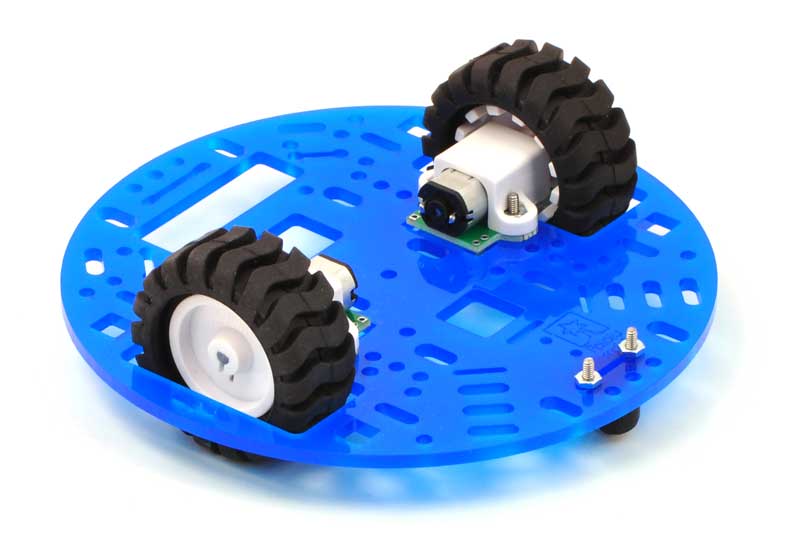In the world of modern technology, students and hobbyists are increasingly exploring projects that blend creativity, engineering, and safety. A laser light security system is one such project that offers a fascinating introduction to electronic security and automation. It not only teaches the basic principles of electronics but also demonstrates how technology can be used to safeguard homes, offices, and valuable assets. When paired with a DC gear motor, learners gain a complete understanding of motion, automation, and mechanical control in practical applications.
A laser light security system operates on a simple yet effective principle. It uses a laser beam and a light-dependent resistor (LDR) or a photodiode as the main components. The laser beam is directed toward the sensor, creating a secure invisible line. When someone crosses the path, the light is interrupted, causing a change in the sensor’s resistance, which activates a buzzer or an alarm. This mechanism teaches students how sensors and light interact within a circuit and how electronic components can be used to build functional, real-world devices.
Such systems are widely used in modern security setups, from automatic doors and parking systems to surveillance alarms. Students working on this project learn about current flow, voltage, resistance, and circuit behavior, enhancing their understanding of basic electrical principles. It also helps them develop skills in assembling circuits, troubleshooting faults, and improving design efficiency.
On the other hand, a dc gear motor plays a crucial role in automation and mechanical movement. This type of motor combines a direct current (DC) motor with a set of gears to increase torque while reducing speed. The result is smooth and controlled motion, which is essential for applications like robotic vehicles, conveyor belts, and small automated systems. The gear ratio determines how fast and powerful the output shaft rotates, making it highly versatile for educational and industrial purposes.
When students integrate a DC gear motor with a laser light security system, they can create advanced projects such as automatic gates or movable detection units. For instance, the motor can rotate a laser or sensor in a specific direction, expanding the coverage area of the security system. Such hands-on projects allow learners to connect theoretical concepts with real-life applications while boosting creativity and innovation.
Using components like DC gear motors and sensors encourages curiosity and problem-solving among students. These projects also help in developing mechanical and electrical design skills, which are essential in fields like robotics, engineering, and automation. Educators can use these projects as part of STEM (Science, Technology, Engineering, and Mathematics) learning to foster critical thinking and teamwork in the classroom.

